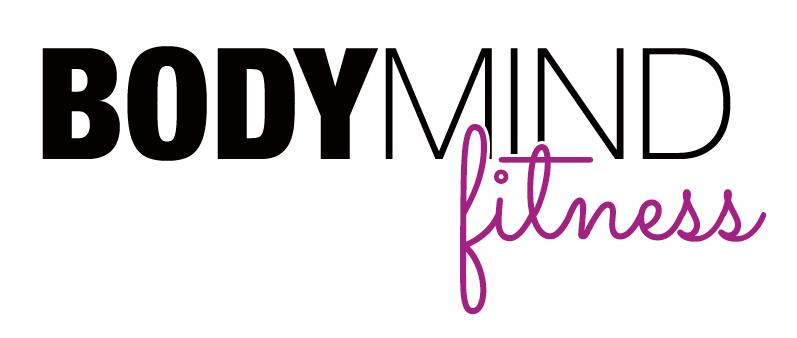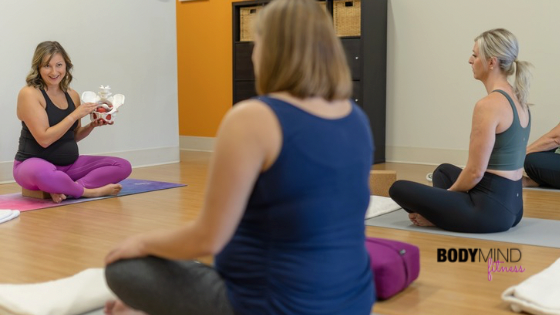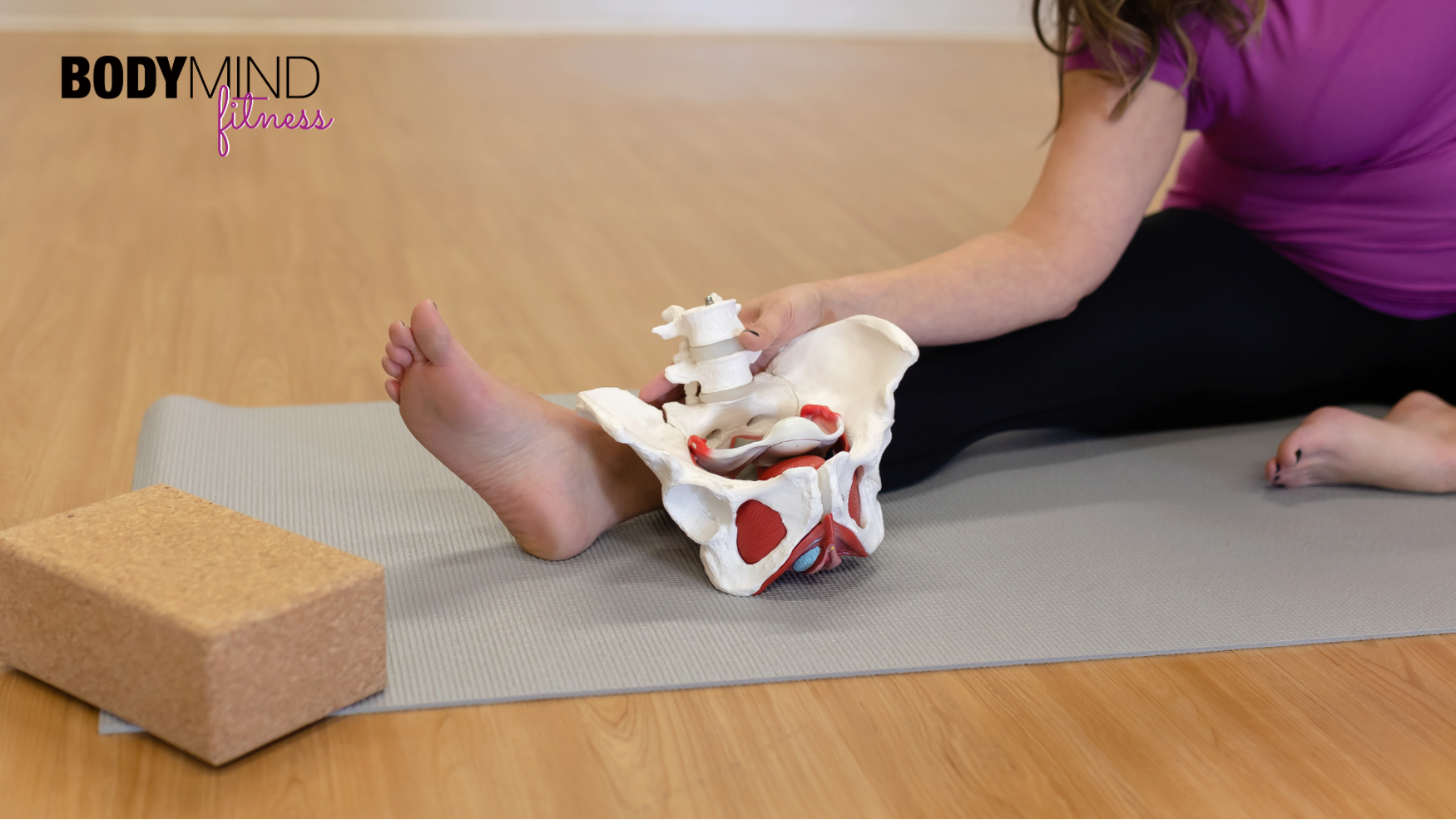Wether I'm working with women just starting their fitness journey, or who've been working out for a while - but running into some *cough cough* pelvic floor concerns, there's one thing I need you to know - you're stronger than you think.
Many women come to me with the same concern when it comes to weight training, "I don't want too get bulky" or even more popular in my line of work, "I can't workout, because I'm embarrassed I'll pee myself." No problem, no matter which camp you fall into (or both) I've got your back. But what often happens then is they stay with the exact same exercise program for WAY too long, who can blame you - it's working! But then you stop seeing results from all that time spent in the gym, and then what? One of two things:
- you keep trucking on with your fingers crossed that change is imminent
- you quit. And who can blame you - working out isn't always the most fun thing.
What the heck is going on? CONGRATS! You've just hit a plateau! And in the words of Albert Einstein, "The definition of insanity is doing the same thing over again and expecting a different result" - it's time to change things up. Because you my friend are getting stronger and now you need something new to challenge your brand new stronger self.
Strength training done right, includes a gradual increase of the stress placed upon the musculoskeletal and nervous system. In plain ol' English, we need to gradually intensify your workouts over time to keep you moving towards your goals. We call this Progressive Overload.
Here's the thing, your workout program dies by around the 12th time you do it... tops. Your body's super smart and adaptable - and what kicked your ass two weeks ago, has you barely breaking a sweat this week. Yes, you're absolutely stronger, and if you're happy where you are, keep up the good work and stick with what you're doing. But I know you. You have goals, and if you want to keep getting stronger, losing weight or whatever your unique goal - you've gotta change it up to make it harder on yourself.
Don't get me wrong, it isn't about finding the hardest exercise in the universe, that you can't quite do, and doing it over and over again, until you get it. Because you won't. That's where we need to regress the exercise - find a variation of that exercise that's a little easier, still feels challenging, but achievable while maintaining good form, techniques, and strategies.
You might be wondering what the are the signs that you're ready for more. I gave you one - it's not challenging you anymore. But for my friends with pelvic floor concerns, I've got you covered, because you too shouldn't be stuck doing the same boring rehab exercises forever - you can still lift heavy while improving your pelvic health, so you can get stronger, and keep working towards your goals. Start noticing your body (don't just go through the motions):
- no leaking - not even a little bit.
- breathing through your exercises, ie. no breath holding (be mindful of the start of the hardest part of the exercise. That's where we usually hold our breath, but that's where you need it most, probably an exhale).
- got pressure... down there? When that pressure becomes managed, you've got it - time to challenge increase the load.
- no more lower belly pooching or abdominal doming. Strong abdominals, anticipate every single movement in your body - including lifting your barbell. When they're firing up, you won't have any pooching or doming, add some challenge.
- check your form, make sure you're moving efficiently and safely for the unique needs of your body.
- throw out the stupid sentence "no pain, no gain," you can make a lot of headway without killing yourself at the gym, not to mention rest is so underrated.
 1. INCREASE WEIGHT
1. INCREASE WEIGHT
This is perhaps the most obvious way to change things up, but not always a readily available option #homeworkouts
This can feel scary, especially if you're working through pelvic floor concerns or coming back from an injury. But trust me when I say, you're stronger than you're giving yourself credit for. Look at the weight you're lifting in everyday life.
- groceries from your trunk to your house (and the kitchen)
- your children, or baby IN THE CARSEAT
- the needs of your job
- moving furniture whenever you just need a change
- loading suitcases into the car for a trip to grandma and papa's house
There's something about weights, with a number in it, in your hand that suddenly feels really scary - but look at all those incredible things you do, just day to day. It doesn't;t mean you have to go crazy - maybe trying 2.5lbs more is all it will take to reignite that challenge in your body.
Each time you workout you're getting stronger and your body is changing to make sure you don't hurt like that again - so we add more weight to throw the body for a loop.
 2. INCREASE YOUR REPS and/or SETS
2. INCREASE YOUR REPS and/or SETS
"But Dom, I'm working out at home and I don't have heavier weights." I get it.
Typically in a program you get a range of reps and sets that are part of that particular phase of exercise.
- build 8-12reps, 3-4sets
- burn 13 - 20 reps, 3-4sets - yes you can burn calories while wight lifting too! Way better than hitting a treadmill any day.
- strength 1-6 reps, 3-4 sets - no you won't get bulky
When I work with clients, especially online we start at the minimum sets and reps for that particular phase of exercise, these clients are relying on their home gyms and potentially working with limited weights. This allows you the space to grow your home practice without rushing out to the store every single time you need to up the ante on your exercises.
 3. SHORTER REST PERIODS BETWEEN EXERCISES
3. SHORTER REST PERIODS BETWEEN EXERCISES
Resting between sets is just as important as the work itself, but this is another fantastic way to challenge yourself.
Rest periods are specifically programmed for your phase of exercise they can range from
- 30 second (Burn Phase)
- 1 minute (Build Phase)
- 2-6 minutes (Strength Phase)
That doesn't mean we can't be creative when push comes to shove, like when you're waiting for your next training session with your trainer. So, get a little creative with shorter rest periods (I don't wanna step on any toes - so check with your own trainer on this). Shorter rest periods means less time for your muscles to recover before you hit them again, this'll definitely kick up a notch in your training.
 4. CHANGE THE TEMPO/SPEED
4. CHANGE THE TEMPO/SPEED
Typically, we move through exercises in one speed - and even more typically than that, we're moving as quickly as humanly possible, because let's face it when something's hard, we don't wanna do it, instead we try to get through it as quickly as humanly possible.
Slowing the movement down can not only make the exercise harder, but it can help you manage your pelvic floor concerns! But how's that possible, aren't pelvic floor exercises supposed to be as easy as possible? In terms of speed, well that depends. Moving slowly allows you the opportunity add your personal strategies to manage your pelvic floor symptoms into your exercises - wether it's paying attention to alignment, focusing on your breath work, or adding a core contraction.
With that said, moving slowly also keeps your body under load for a lot longer then when you're flying through your exercises. Try some different counts
- 2 counts in each direction
- 4 counts in each direction - this one's hard!!
- or get creative and try 3 counts in one direction and 1 in the other - or some other crazy variation.

5. INCREASE RANGE OF MOTION
Depending on the type of exercise you're doing, you may not be going as deep as possible, because the deeper you go, the harder it is. And if you're not paying attention you'll sell yourself a little short.
For example in a squat, see how low you're naturally going and try to measure it like hips in like with knees, and then try to go just a little lower than the knees. It may not feel like a lot, but it's gonna challenge you in a new way - and that's what we're looking for.
 6. ADD VARIETY TO YOUR MOVEMENTS
6. ADD VARIETY TO YOUR MOVEMENTS
It's easy to get stuck in patterns, and we often end up doing the same exercise the exact same way every single time - just like the range of motion a small change can create huge improvements.
- the feet or hands can go wider or more narrow
- stagger your hand or foot position
- do the exercise on an uneven surface
- change up the alignment
- and more
I'll tell you right now, I would get some hate for this point, there are a lot of people who believe there's only one way to do things. Truth is, you can get so strong in one very specific movement, but then when that translates to everyday life, when the conditions aren't perfect, and you haven't had the opportunity to prepare for it (like your personal record - PR for Deadlift], you're gonna feel like a weakling, wonder what the heck happened, or worse injure yourself.
A couple more key points to mention.
- If you're having pelvic floor concerns, monitor your symptoms as you add to your exercises. Sometimes, you're not quite ready and you may need to stick with what you're doing a little bit longer before kicking adding load. Challenging yourself and potentially going too far isn't the worst thing ever - it provides great information to make informed decisions when you choose to use it.
- Sometimes when you add something new, you may need to pull back a little more elsewhere, example you add weight to your squat, you dial back from 12 reps to 8 reps and build up again.
Take your time, start listening to the signs your body is sending you. The moral of the story is CHANGE THINGS UP - you've got this!
Are you ready to get results faster and more consistently with workouts personalized to your unique needs, book your Personal Training with a $0 Consultation Call available in studio in London (Lambeth) Ontario or online with packages to meet your needs and your budget!
See you soon!





